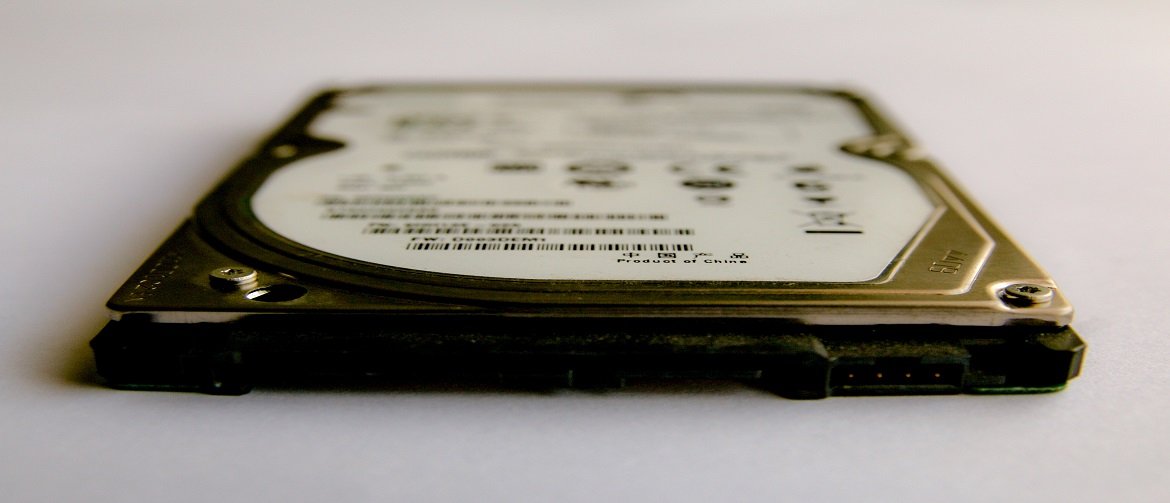There are currently many ways to manage data including better ways to transfer and store files. However, the human factor in data management is still center stage in ensuring your data integrity is sustained over time. The storage devices must therefore be properly handled.
Of course, sometimes we are forced to deal with very daring situations such as bad weather and accidental occurrences. Such situations greatly compromise devices and consequently are more likely to cause data loss. Disk damage or dead drives are such situations which require urgent attention especially to be able to attempt dead hard drive recovery.
What Are the Chances of Recovering a Dead Drive?
Damaged drives should be recovered as soon as the problem crops in or before it becomes more serious. However, if this is not done until the drive loses life, then the recovery chances really go down. However, you still have some chances left to retrieve data from a dead HDD especially with a powerful data recovery software.

In our list of 5 best software to recover data from dead drives, we have choses only the tools with highest recovery successes based on tests done and customer reviews.
1. Disk Drill
Disk Drill is considered by many users as the most reliable and user-friendly tool for Android and iPhone data recovery. It is very interactive, efficient, gets back data quickly and seamlessly even if the drive was dead.
In addition, Disk Drill by CleverFiles supports a wide range of devices including Windows PCs and Mac. It utilizes sophisticated scanning algorithms and will comfortably recover a wide range of file types.
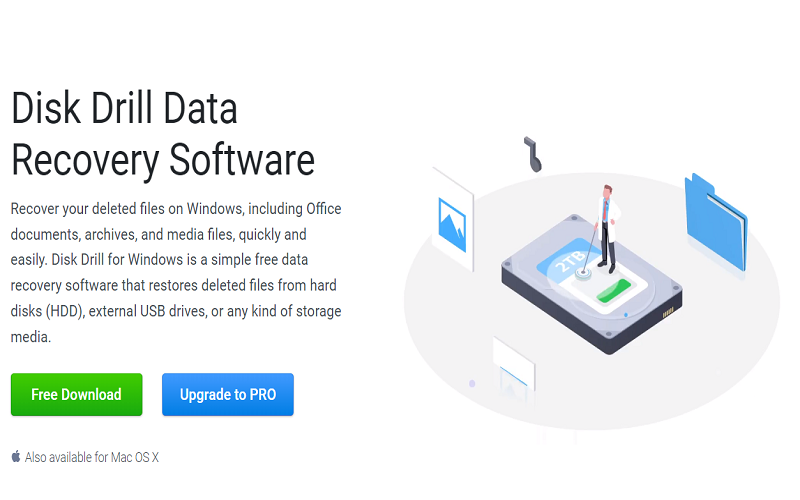
With a very intuitive User Interface, you do not need to worry about handling the recovery process all by yourself. There are also additional protection tools users can utilize when restoring recently deleted files, faster for free.
Some of the key features that set this software apart from the many other data recovery software in the market today include;
Pros
- Powerful data recovery algorithm
- You can predict the recovery chances
- User-friendly and intuitive interface
- Cross-platform saving of scan sessions
- Gives access to free data protection tools
- Virtual and disk-based storage devices supported
Cons
- Free version does not work with Mac
- There is no phone-based customer support
- Disk Drill enterprise can be expensive to small enterprises
2. R-Studio for Windows
This is yet another data recovery software for recovering a dead drive. Originally designed for data recovery professionals, R-Studio has become more friendly over time and can now be used by anyone including beginners.
The software comes with extensive options and can restore lost data from virtually any storage device including dead drives. Key features of this tool include:
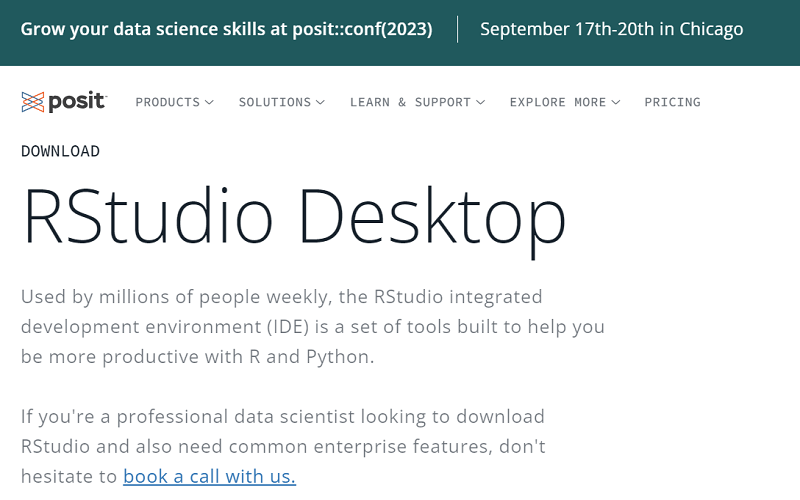
- R-Undelete for inexperienced users
- R-Studio
- Disk image creation features
- SMART monitoring technology
- Multi-language GUI
Pros
- A demo version is available
- Reconstruction of RAID arrays
- Data recovery is network capable
- Cross-platform support
- Simplified version known as R-Undelete is available
Cons
- Very expensive
- Interface and extensive features could be confusing
- Free version can recover up to 256 KBs only
3. Recuva
Recuva is a lightweight free damaged hard drive recovery software for Windows. It supports a wide range of recovery scenarios including corrupted drive and formatted drive recovery. It is also one of the most trusted ways to restore data from a dead USB flash drive. The user interface is friendly and easy to navigate.
If you are handling a damaged hard drive and wondering where to start with data recovery, Recuva gives you the most reliable option. In addition, it supports a large file base with the ability to restore many file formats including music files, DVDs, and documents.

What’s more, the service is free and you only pay when using the tool for commercial purposes.
Pros
- Deep scan supported
- Preview screen available
- The interface design is very clear
- Supports damaged and formatted drive recovery
- It’s a freeware with low pricing for Pro version
- FAT and NTFS file systems supported
- Unlimited free recovery
Cons
- Deep scan takes longer
- Works in Windows systems only
4. DiskInternals Uneraser
DiskInternals Uneraser is a lightweight data recovery software offering high-level retrieval capabilities. The tool supports deep scans and is compatible with a wide range of storage devices and file types. It comes with a wizard-like UI and may not be user-friendly to new users. Key features include:
- Forensic imaging system for creating perfect copies of storage media
- Preview features
- Available on Windows, Mac and Linux
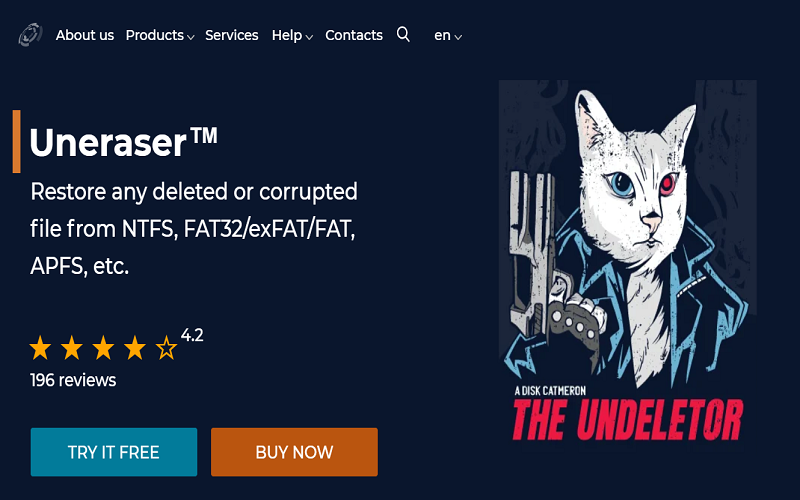
On the other hand, as much as this tool may appear perfect to new users, it comes with some faults. Notable of them is the lack of support for file recovery to starters. Besides, the user interface is a bit outdated. This does not however affect the usability.
Pros
- Supports Mac, Windows, and Linux
- Strong data recovery features
- Built-in forensic disk imaging
Cons
- Outdated user interface
- The free version only allows file preview
5. Recoverit Data Recovery
This is a free recovery system for PC, hard drive mobile phones among others. It is available for download and installation into your devices and also supports Mac and Windows PCs. In addition, the tool can be used to recover data from NAS servers and Linux systems.
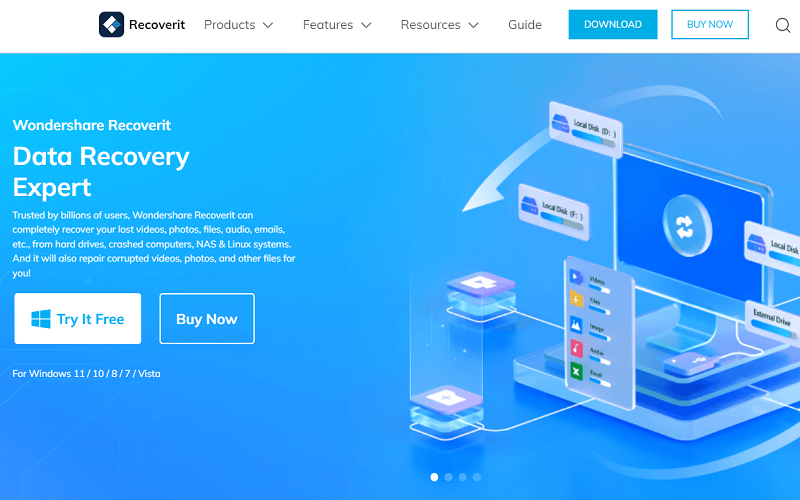
Recoverit also works with over 1000 different file formats and users can recover lost data after the drive is crashed or dead by creating a USB drive or CD.
Pros
- Supports crashed drive data recovery using a CD or USB drive
- Free download supports original and complete file recovery
- Free file scans
Cons
- Users required to pay for full features
Conclusion
Hard drive damage and disk corruption are among the top contributors to data losses today. As much as you can get back your data with the tolls discussed in this article, safeguarding your drive is very crucial. Follow the right data management guidelines to ensure sustained data integrity and security.
